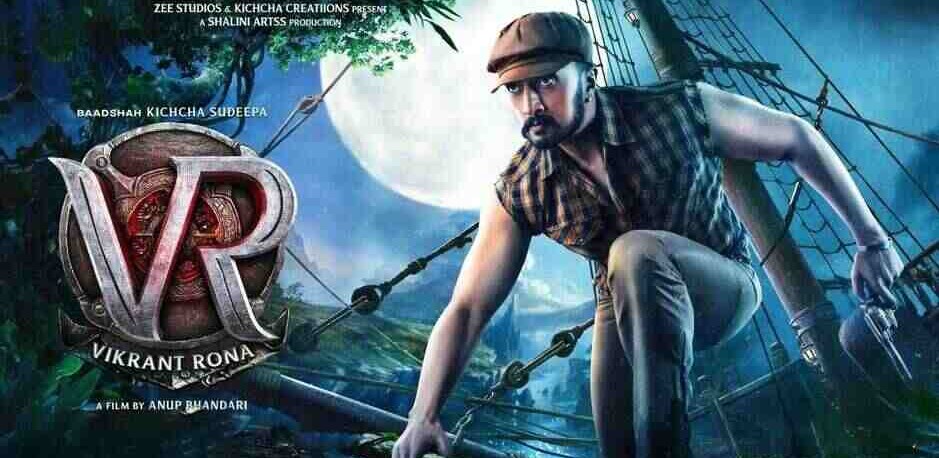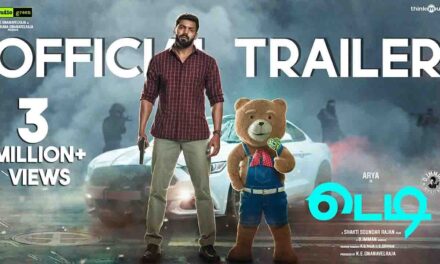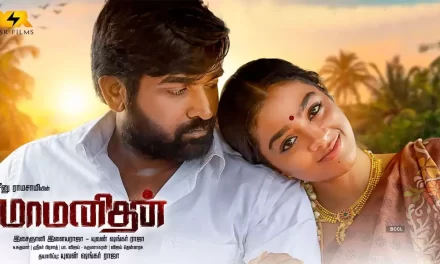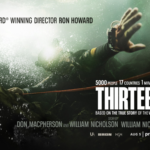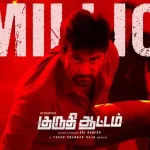Director: Anup Bhandari
Cast: Kiccha Sudeep, Nirup Bhandari, Neetha Ashok, Jacqueline Fernandez
It takes a while after Vikrant Rona begins for the actual hero introduction. The first few scenes are dedicated to immersing us into the small world of Kamarattu, a remote, scenic village in a densely forested area in south India. This is a period film, though the exact years are difficult to guess. There’s one scene in which a character speaks about prevailing fuel prices. Based on that, I guessed the story could be set in the eighties. However, I couldn’t find a single television set appearing in the film. So the story probably unravels much earlier, perhaps in the 40s or 50s. Either way, the village of Kamarattu appears to be so isolated that time seems to stand still here.
This is a brilliant conceit because Kamarattu actually boasts of quite an eventful history. Even current circumstances are in fact grave. Countless children have been found murdered over the past few months and to top it off, a cop is found brutally killed, with his body mutilated and dumped into a well. In step the new police inspector Vikrant Rona (Kiccha Sudeep) to investigate and solve what appears to be a classic serial killer case.
Kamarattu is a small town with an even smaller population. But almost everyone seems to have skeletons in their closets or secrets waiting to tumble out. As for the killings, most villagers believe it to be the work of a demon to avenge a mishap that occurred almost 30 years ago. Every step Vikrant takes is riddled with danger as he tries to nab the killer and disprove the villagers’ superstitious beliefs.
Vikrant Rona uses a classic ‘crime in an isolated town’ template. This is seen frequently employed in Nordic noirs and the genre automatically adds an atmospheric vibe to the film. What’s interesting here is that the writers have married this genre with bombastic action sequences that the charismatic Kiccha Sudeep owns. This fusion adds much needed thrill to the proceedings and the cinematography and choreography in these sequences are some of the film’s high points.
Another major highlight is the series of solid twists. There is a terrific interval block, followed by revelations about a major character’s son and then finally Vikrant himself. These provide great shock value and help keep the audience engaged over what is otherwise an overlong screenplay. This also brings me to what didn’t quite work in the film.
The writers seem to be clear on what they want to achieve stylistically and story wise. But the method used to achieve this end, ie the screenplay, lacks cohesion and brevity. For example, take the red herrings that are placed at different points to mislead the audience and even the protagonist. This is a classic device used in this genre, but here, many of these scenes are rushed and only end up serving as unnecessary distractions. I found logical loopholes in quite a few places too that didn’t help. To add to this, a series of unremarkable songs is shoe-horned into the script and slows the pace of the narrative down at crucial junctures.
Some of these drawbacks are atoned for by a fantastic climax. The reveal of the killer comes with a superb twist and the confrontation that follows between him and Vikrant is bombastic. The whole sequence is staged and visualized brilliantly, with the killer’s transformation offering real chills.
Vikrant Rona is ultimately a film that seems to have punched below its weight. All the ingredients were there, including some fantastic ideas and great visuals. The end product though oscillates between mediocrity and brilliance. I understand how everyone wants to be the king of the jungle now when it comes to pan Indian films, but its sometimes good to take a step back and focus on the basics first.
Overall rating: 2.5/5

